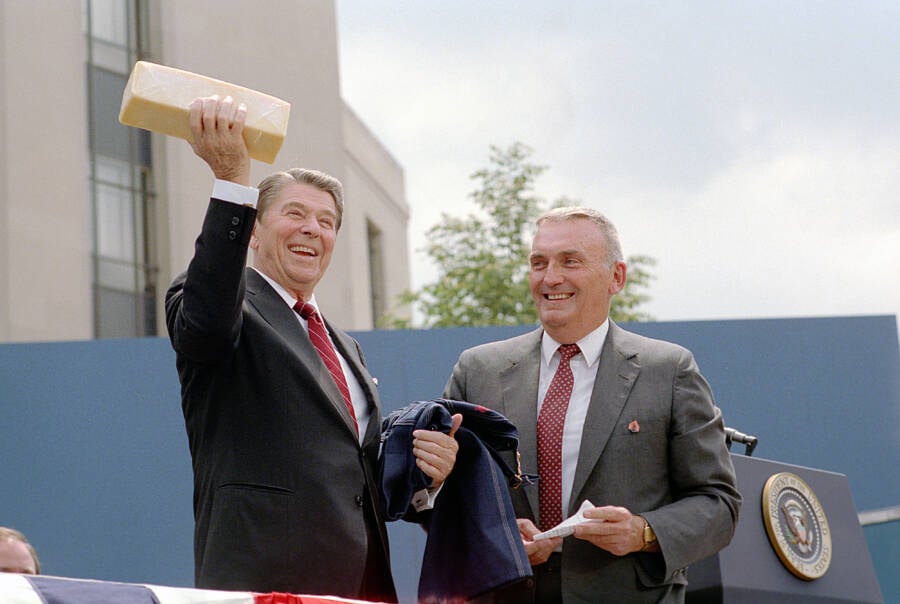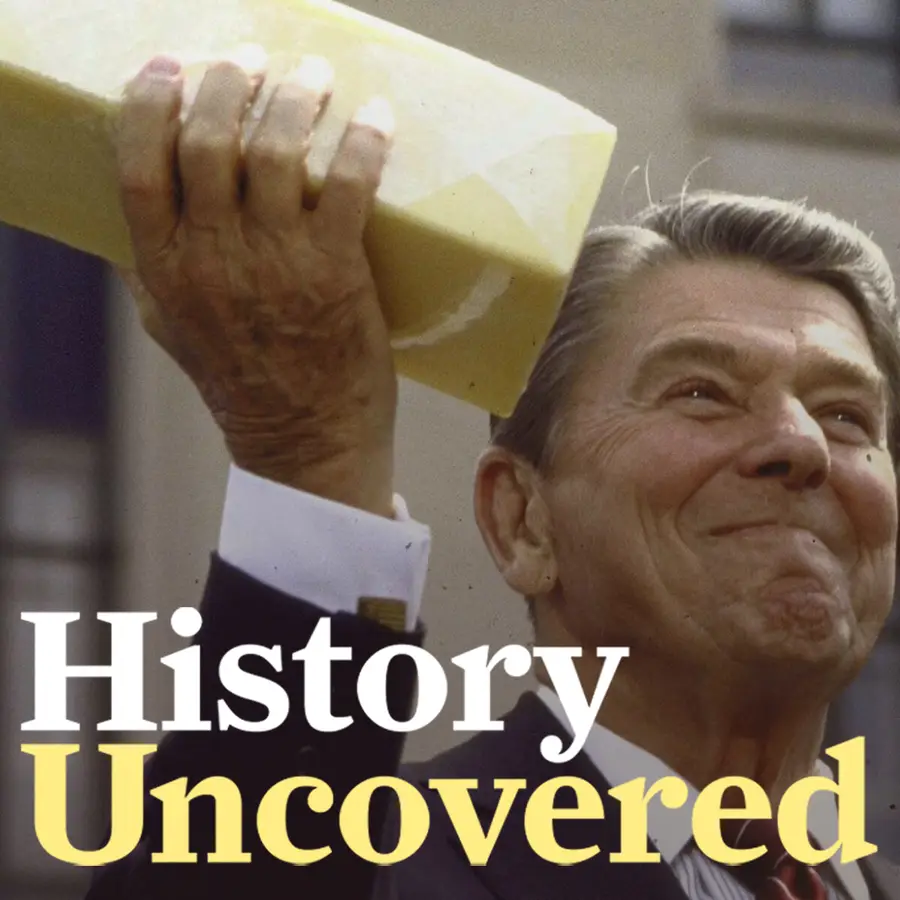Following a dairy surplus in the early 1980s, the U.S. government accumulated 500 million pounds of cheese, which was largely stored in underground caves in Missouri before being distributed to those in need.
Cheese. It’s one of the most popular foods in the world, a global staple with a long history dating back 7,500 years – but as any lactose intolerant person knows, too much cheese can be a problem. And in the early 1980s, the U.S. government learned that lesson as well.
In the 1970s, the U.S. faced a serious dairy shortage that sent prices soaring. To address this, the government, under President Jimmy Carter, implemented a massive subsidy program for the dairy industry. In all, $2 billion was pumped into dairy subsidies, milk production skyrocketed, and prices for consumers stabilized. By all metrics, the program was a success — but perhaps it was too successful.
By the early 1980s, the U.S. had gone from a shortage of milk to a massive surplus. To keep prices from crashing, the government’s Commodity Credit Corporation began buying up the excess milk. For farmers, though, this also meant guaranteed business, so the milk kept flowing. The CCC then had a lot of the milk processed into storable products like cheese, butter, and powdered milk, but this introduced new problems.
Come 1981, the government had accumulated more than 500 million pounds of cheese, and they needed somewhere to store it all. Eventually, they decided to convert limestone mines, particularly in Missouri, into subterranean storage facilities. These facilities, often called “cheese caves,” proved to be a perfect way of storing the cheese: they were naturally cool and their temperature was stable, meaning it took very little energy to keep the cheese fresh.
But the government couldn’t just hold on to millions of pounds of cheese and do nothing with it — so the Ronald Reagan administration began distributing it to low-income and elderly individuals through the Temporary Emergency Food Assistance Program (TEFAP). In total, they distributed around 60 million five-pound blocks of cheese to food-insecure Americans, which came to be known as “government cheese.”

Wikimedia CommonsPresident Ronald Reagan holding a five-pound block of cheese after delivering a speech on tax reform in 1985.
In a 1981 statement regarding the distribution of government cheese, President Reagan said:
“At a time when American families are under increasing financial pressure, their government cannot sit by and watch millions of pounds of food turn to waste. I am authorizing today the immediate release of 30 million pounds from the CCC inventory. The cheese will be delivered to the States that request it and will be distributed free to the needy by nonprofit organizations.”
Today, many of the cheese caves are now vast commercial cold storage facilities, the most prominent of which is the Springfield Underground in Missouri, a 3.2-million-square-foot former quarry that now functions as a major industrial hub for temperature-controlled logistics. Private companies like Kraft, PepsiCo, Nestlé, and the Dairy Farmers of America rent out space at this facility and others like it for a wide range of products, not just dairy.
Learn more about the music used in our podcast. History Uncovered is part of the Airwave Media network. Learn more about your ad choices by visiting megaphone.fm/adchoices.






